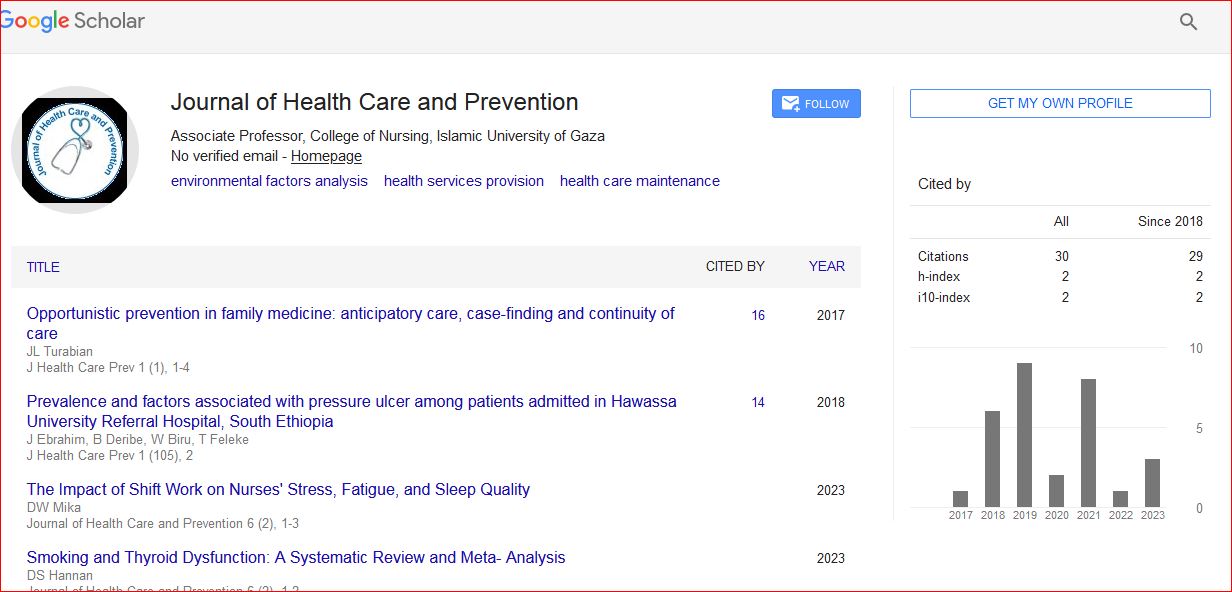Progression of Tuberculosis to multi drug resistant TB â Strengthening health systems with focus on health care providers
*Corresponding Author:
Copyright: © 2020 . This is an open-access article distributed under the terms of the Creative Commons Attribution License, which permits unrestricted use, distribution, and reproduction in any medium, provided the original author and source are credited.
Abstract
Background: Time and again evidence coming on development of multidrug resistant tuberculosis has emphasized focus on drugs, patients, their compliance and lab support. In our study we have tried to incorporate the role of health care providers as well, a major cog in the health system. We assessed their existing knowledge, capacity building, and execution in terms of programmatic components. Methods: The study was carried out in TB Sanatorium ITKI, Sadar Hospital Ranchi and RIMS Ranchi. The interview of various health personnel including SAHIYAs was taken using a semi-structured questionnaire based on programmatic management of multi drug resistant tuberculosis guidelines -2016. Results: Among Doctors knowledge level was good compared to other health personnel which had mean value 7.33 (±2.79), laboratory technician 3.45 (±2.64), STS 4.67 (±1.59), Sahiya 2.1 (±0.73). Regarding capacity enhancement level all health personnel needed refresher trainings in which doctors got 4.67 (±1.58), laboratory technician 3.45±2.64, STS 1.72±0.34, and Sahiya 0.5±0.52. Specially sahiya needs training regarding MDR-TB because they are the connecting link between health system and community. Regarding execution level, Doctors got 1.86 (±0.74), laboratory technician 1.64 (±0.56), STS 1.64 (±0.56) and Sahiya (ASHA) 2.2 (±0.44). Sahiya were better than other health personnel at execution level. Conclusions: Advocacy, communication, and social mobilization are important aspects of TB control, Policy makers and administrators should be sensitized for need of adequate and sustained funding for TB control to ensure quality capacity building. They need to provide continuous and quality training of staff at different levels and retention of trained staff and periodic reviews to identify gaps and take corrective steps.

 Spanish
Spanish  Chinese
Chinese  Russian
Russian  German
German  French
French  Japanese
Japanese  Portuguese
Portuguese  Hindi
Hindi 
